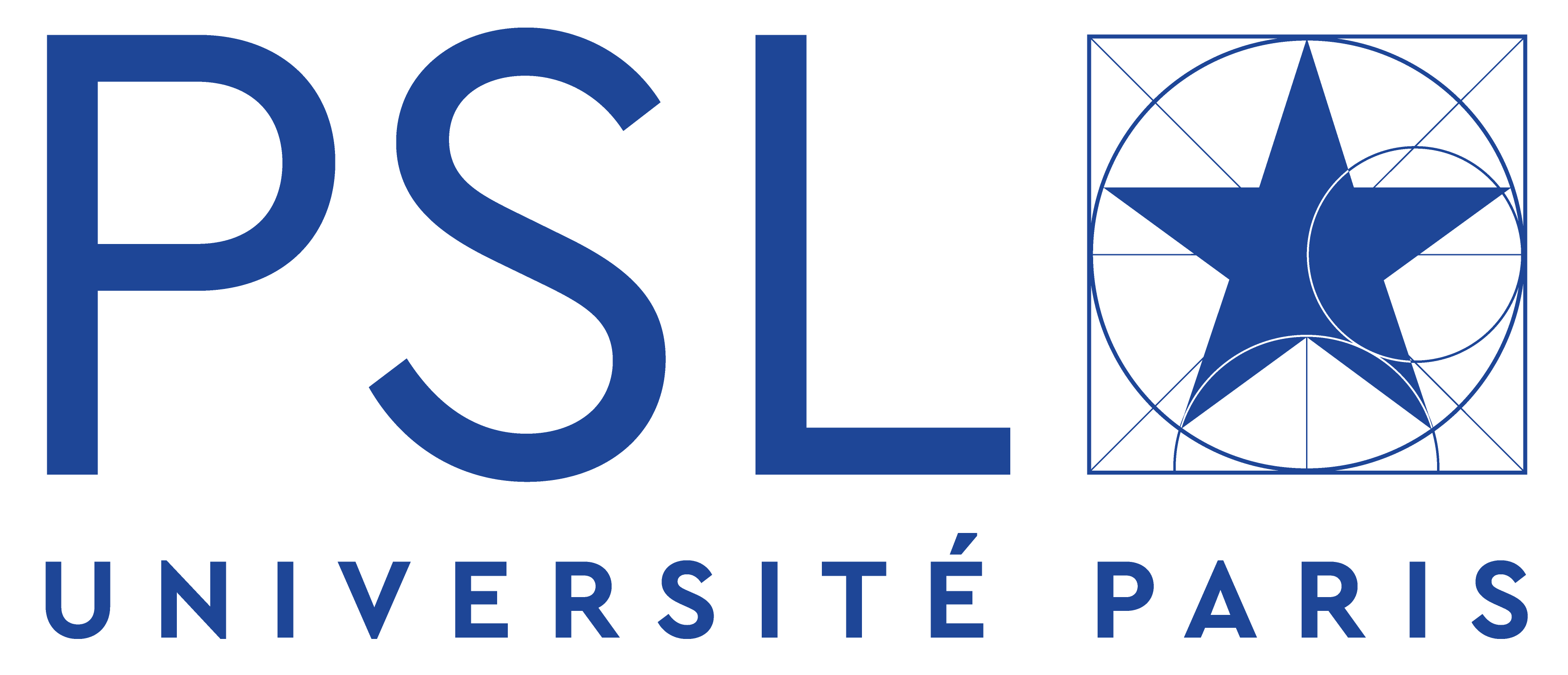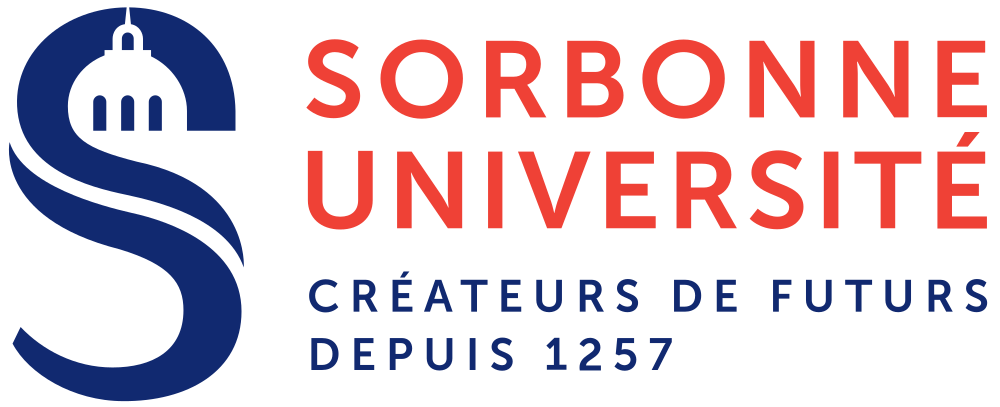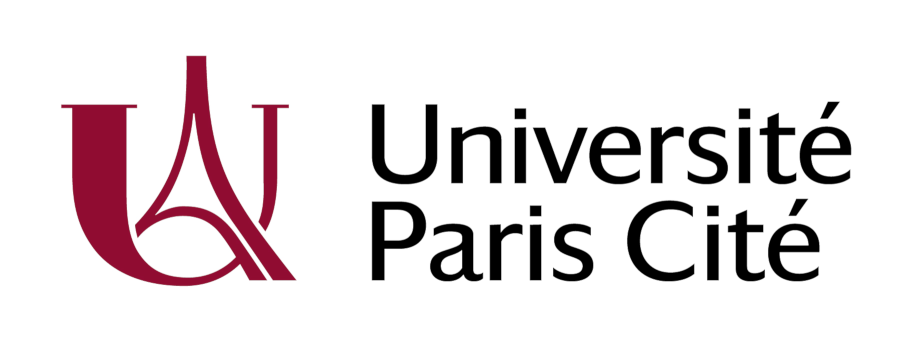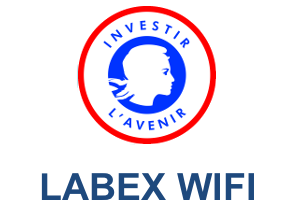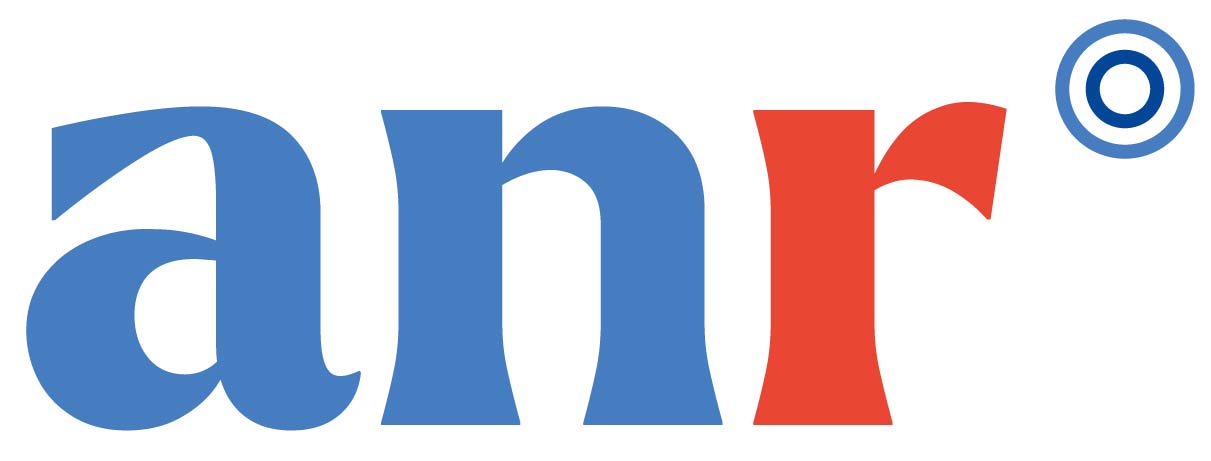Matrix approach of waves in complex media
Scope
In imaging, we aim to characterize an unknown medium by probing it with a wave and then analyzing the echoes reflected by the medium. This is, for example, the principle behind ultrasound imaging, optical coherence tomography or reflection seismology. However, wave propagation between the sensors and the focal plane is often degraded by heterogeneities in the medium itself. These can induce wavefront distortions [1] and multiple scattering events [2] that severely degrade image resolution and contrast. These phenomena are therefore the most fundamental limitations of imaging in all areas of wave physics.

Figure 1: Matrix approach to imaging complex media. (a) Whereas in conventional imaging, wave focusing is degraded at depth by aberrations and multiple scattering, matrix imaging compensates for these phenomena and enables deep imaging of scattering media. This approach has been applied to (b) optical imaging of a particularly opaque cornea, (c) detection of micro-calcifications in ultrasound, (c) deep imaging of volcanoes.
However, the emergence of multi-element networks and recent advances in data science are paving the way for a new revolution in imaging. In this context, we have developed a matrix approach to imaging in heterogeneous media (Fig. 1). The matrix formalism is indeed an ideal tool for locally compensating aberrations over large fields of view, breaking the current limitations of adaptive focusing methods [3-5]. It also leads to the following paradigm shift in imaging: while multiple scattering is generally considered a nightmare, the matrix approach can take advantage of it for highly resolved, ultra-deep imaging of scattering media [6]. Matrix imaging is also a promising characterization tool, since it can provide high-resolution tomography of wave velocity [7] and scattering parameters [8] as well as elastic parameters [9]. All these concepts are applied to optics for imaging biological tissues [10], ultrasound for medical diagnosis [11], non-destructive testing for inspecting polycrystalline steels [12] and seismology for monitoring volcanoes [13] and seismic faults [14,15].
From a more fundamental point of view, a matrix formalism is particularly suitable for probing wave transport in strongly scattering media. Constructive interference between reciprocal scattering paths can slow down or even halt the diffusion process [16]. The matrix approach is therefore a unique tool for highlighting the presence of these recurrent scattering loops [17].
Permanent Members
– Alexandre Aubry
– Claude Boccara
– Arnaud Derode
– Mathias Fink
– Pierre Millien
– Claire Prada
Fundings
– ERC Consolidator grant - Alexandre Aubry (2019-2024) - REMINISCENCE
References
[1] V. Barolle, J. Schoeller, P. Mecê, K. Groux, J.-M. Chassot, M. Fink, A. C. Boccara, and A. Aubry, Manifestation of aberrations in full-field optical coherence tomography, Opt. Express 29, 22044-22065, 2021
[2] A. Badon, A. C. Boccara, G. Lerosey, M. Fink, A. Aubry, Multiple scattering limit in optical microscopy, Opt. Express 25, 28914-28934, 2017.
[3] W. Lambert, L. A. Cobus, T. Frappart, M. Fink, A. Aubry, Distortion matrix approach for ultrasound imaging of random scattering media, Proc. Natl. Ac. Sci. U. S. A. 117, 14645-14656, 2020
[4] A. Badon, V. Barolle, K. Irsch, A. C. Boccara, M. Fink, A. Aubry, Distortion matrix concept for deep optical imaging in scattering media, Sci. Adv. 6, eaay7170, 2020
[5] F. Bureau, J. Robin, A. Le Ber, W. Lambert, M. Fink and A. Aubry, Three-Dimensional Ultrasound Matrix Imaging, preprint arXiv:2303.07483, 2023
[6] R. Touma, T. Blondel, A. Derode, M. Campillo, and A. Aubry, A distortion matrix framework for high-resolution passive seismic 3D imaging: Application to the San Jacinto fault zone, California, Geophys. J. Int. 226, 780-794, 2021
[7] W. Lambert, L. A. Cobus, M. Couade, M. Fink, A. Aubry, Reflection matrix approach for quantitative imaging of scattering media, Phys. Rev. X 10, 021048, 2020
[8] A. Baelde, J. Laurent, P. Millien, R. Coulette, W. Ben Khalifa, F. Jenson, F. Sun, M. Fink, C. Prada, Effect of microstructural elongation on backscattered field: Intensity measurement and multiple scattering estimation with a linear transducer array, Ultrasonics 82, 379-389, 2018
[9] H. Ammari, E. Bretin, P. Millien, L. Seppecher, A direct linear inversion for discontinuous elastic parameters recovery from internal displacement information only, Numerische Mathematik 147, 189-226, 2021
[10] U. Najar, V. Barolle, P. Balondrade, M. Fink, A. C. Boccara and A. Aubry, Non-invasive Retrieval of the Transmission Matrix for Optical Imaging Deep Inside a Multiple Scattering Medium, preprint hal-03158858, 2023
[11] W. Lambert, L. A. Cobus, J. Robin, M. Fink, and A. Aubry, Ultrasound matrix imaging—Part II. The distortion matrix for aberration correction over multiple isoplanatic patches, IEEE Trans. Med. Imag. 41, pp.3921-3938, 2022
[12] S Shahjahan, F Rupin, A Aubry, A Derode, Evaluation of a multiple scattering filter to enhance defect detection in heterogeneous media, J. Acoust. Soc. Am. 141, 624-640, 2017
[13] T. Blondel, J. Chaput, A. Derode, M. Campillo, A. Aubry, Matrix Approach of Seismic Imaging: Application to the Erebus Volcano, Antarctica, J. Geophys. Res: Solid Earth 123, 10936-10950, 2018
[14] R. Touma, A. Aubry, Y. Ben-Zion, and M. Campillo, Distribution of seismic scatterers in the San Jacinto Fault Zone, southeast of Anza, California, based on passive matrix imaging, Earth Planet. Sci. Lett. 578, 117304, 2022
[15] R. Touma, A. Le Ber, M. Campillo and A. Aubry, Imaging the crustal and upper mantle structure of the North Anatolian Fault: A Transmission Matrix Framework for Local Adaptive Focusing, preprint arXiv:2303.06123, 2023
[16] L. A. Cobus, G. Maret, A. Aubry, Crossover from renormalized to conventional diffusion near the 3D Anderson localization transition for light, Phys. Rev. B 106, 014208, 2022
[17] C. Brütt, A. Aubry, B. Gérardin, A. Derode, and C. Prada, Weight of single and recurrent scattering in the reflection matrix of complex media, Phys. Rev. E 106, 025001, 2022



